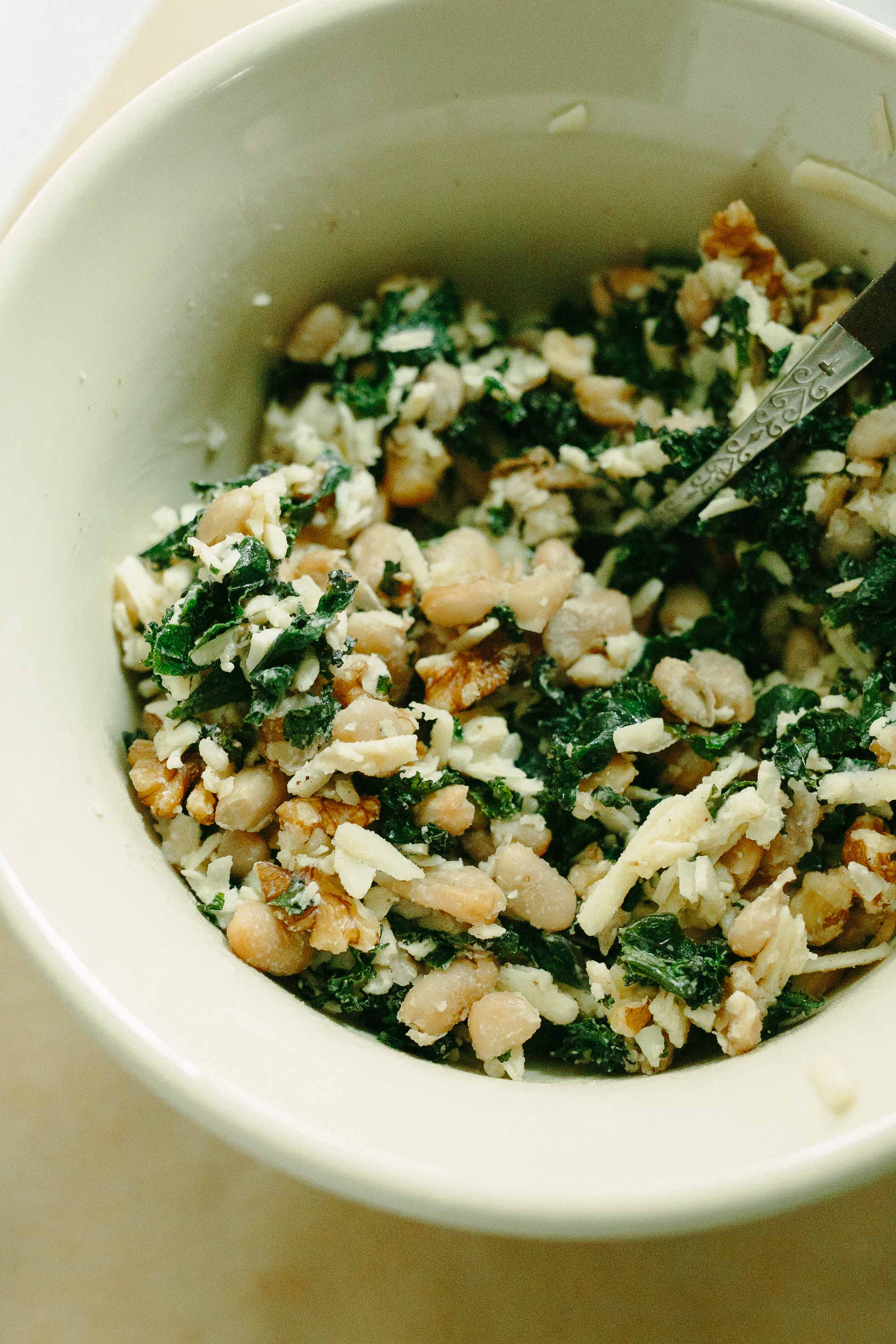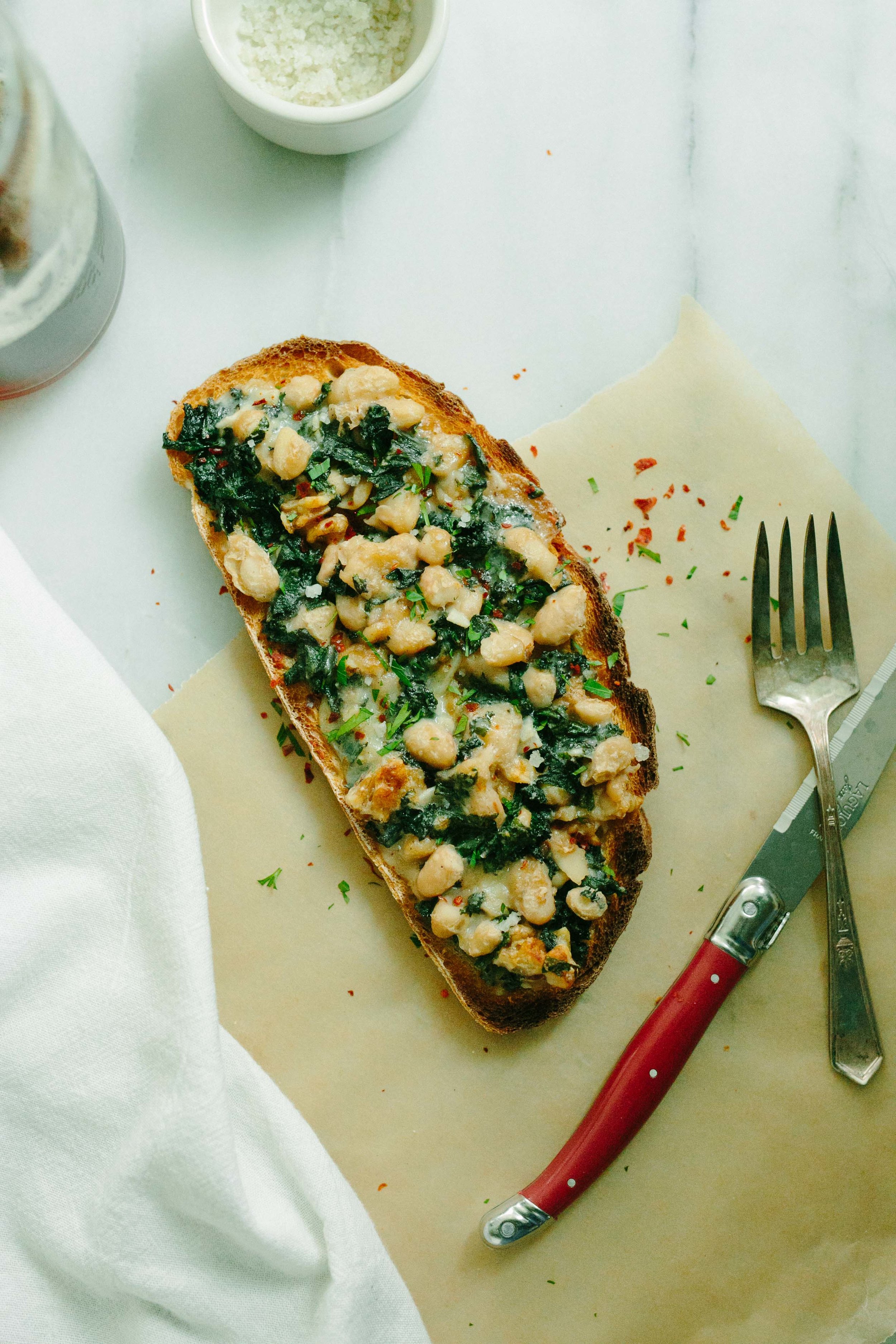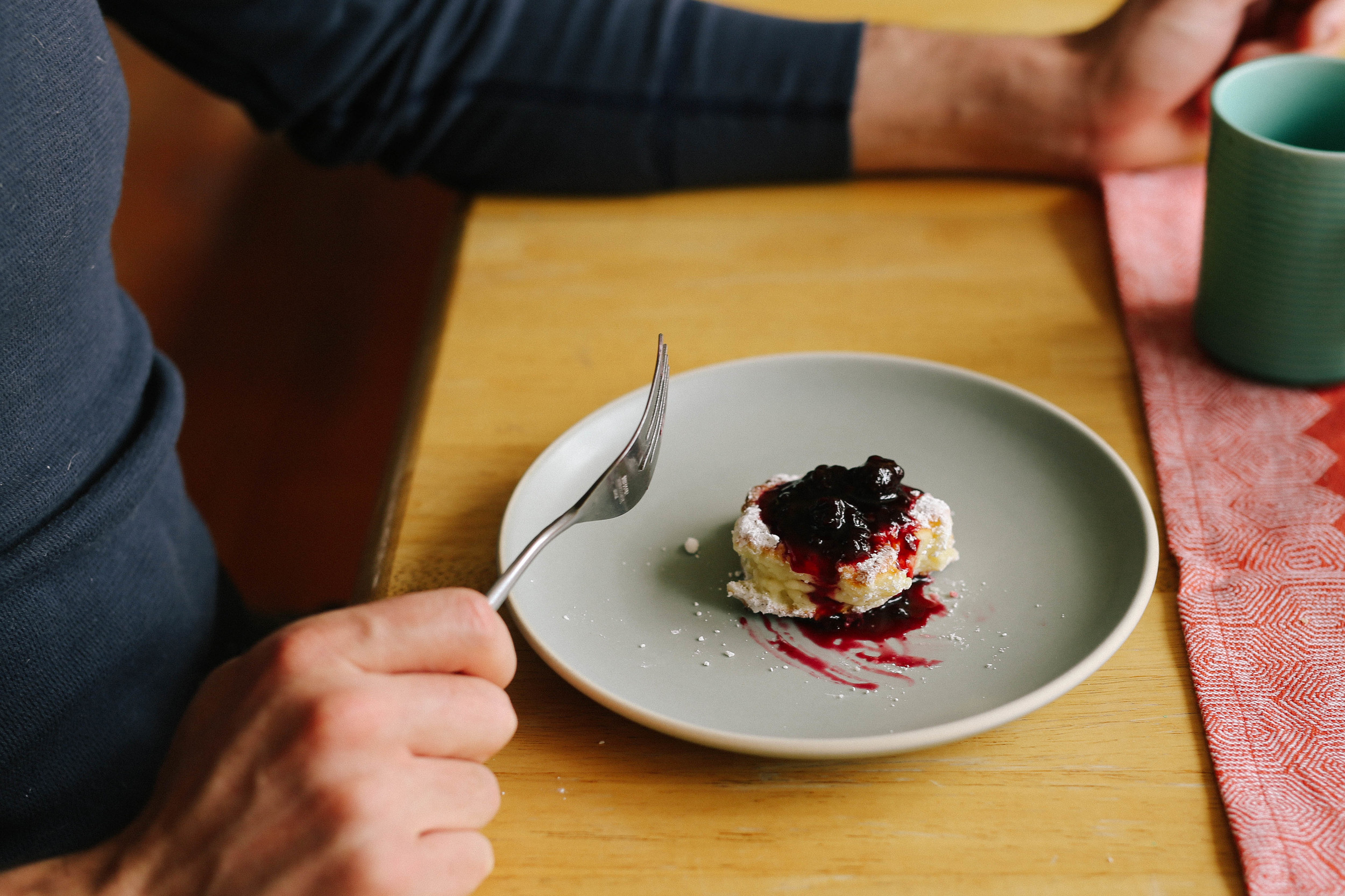I have a big ole lady crush on Charlet Duboc from Munchies, who hosts the Munchies Guide to Scotland and the Munchies Guide to Wales. This is mainly due to her lack of filter during interviews and her rather adorable habit of getting drunk with the locals and then having a wee lie-down on lawns/sidewalks/etc. After being more than a little tired of the Food Network as of late, I would like to note that this is me officially raising my hand and saying that I like the direction in which food journalism is going! More real people doing real things in real places, please.
(BTW, Munchies seems to be killing it in this area. Give them a look-see.)
Sometimes in watching a show about a specific cuisine, I'll feel like a piece of my soul is from that region/country. I really feel this way about India (because spices), Italy (because pasta), France (because garlic and butter and seasonality and my dad's cooking), Hungary (because chicken paprikash and goulash and my mom's and grandma's cooking) Japan (because unagi and miso), and Sweden (because hygge!!).
If any part of my soul is Welsh, it is the part shaped like a piece of cheese toast. Because rarebit.
I would like to take a liberty and describe rarebit (for those of you who aren't sure what it is, which was also me about a week ago) as portable fondue. Yes! I know! How awesome is that. My mom used to make kind of a quick-and-dirty rarebit when we were growing up with aged cheddar and garlic powder, which is still one of my favorite ways to eat cheese on toast, but there wasn't any beer involved and that seems to be key to this whole rarebit thing. Plus some mustard powder and Worchestershire and a little extra added fat in the form of butter, cream, and/or egg yolks to keep the whole thing melty and luxurious.
Imagine everything you like about fondue but on a piece of toast. And now imagine that you are eating this with friends, but you don't have to worry that some gluttonous person is going to have a field day in the fondue pot before you can skewer a cube of bread because you have your VERY OWN piece of toast.
Yeahhhhhh.
The white beans and kale are not key for Welsh rarebit, but they are key for this West Coast rarebit and give you something a little vegetal to help cut through the richness that is the month of December. I also replaced the butter/cream/egg yolks with creme fraîche, which still gives you some needed lipid power albeit in a slightly tangier and lighter form. If you need a legit rarebit recipe, Munchies has you covered, as does the Guardian. You could also use whatever vegetables you have lying around instead of the kale and beans, because few things suck when you smother them in garlic and cheese and beer and get them all bubbly and hot under the broiler.
Toast the bread until barely golden brown on both sides, and set aside while making the rarebit mixture.
Heat the olive oil in a heavy-bottomed skillet over medium heat, and add the white beans in a single layer. Cook until the beans are beginning to get golden brown, stirring occasionally. Once most of the beans are golden in spots, add the kale to the pan and cook, stirring frequently, until the kale is wilted and tender, about 5 minutes. Remove from the heat and let cool.
While the beans and kale cool, preheat your broiler on the high setting, or your oven to 450˚F.
In a medium bowl, combine the creme fraiche, garlic, a hefty pinch of kosher salt, the dry mustard powder, and the Piment d'Espelette. Add the walnuts and cheddar cheese, followed by the cooled beans and kale, and stir to combine. Pour the beer over the mixture, beginning with 1/3 of the can and adding more if the mixture seems dry.
Place the toasts on a baking sheet and divide the mixture evenly among them, spreading it out over each toast in an even layer. Broil or bake until the mixture is bubbly and turning golden, about 4-8 minutes (depending on whether you have a broiler drawer, or are broiling or baking it in the oven, which puts the toast a bit farther from the heating element). Sprinkle with flaky salt, pepper flakes, and chopped parsley, and serve immediately.
4 1/3-inch thick slices of bread (I used sourdough)
1-2 tablespoons olive oil
1 can white beans (such as cannellini, drained and rinsed
1/2 bunch green or Red Russian kale, washed, stemmed and finely chopped (but not minced)
2 tablespoons creme fraiche
2 cloves garlic, minced
kosher salt
1/2 teaspoon dry mustard powder
1/8-1/4 teaspoon Piment d'Espelette or cayenne pepper (I used 1/8 teaspoon and topped the finished rarebit with more pepper flakes)
1/2 cup walnuts, coarsely chopped
1 1/2 cups grated cheddar cheese, preferably an aged/extra sharp variety
1/3-1/2 can beer of your choice (I used a lager, though stout is common in traditional recipes)
flaky salt
pepper flakes (optional)
freshly chopped parsley (optional, but nice for color)
























